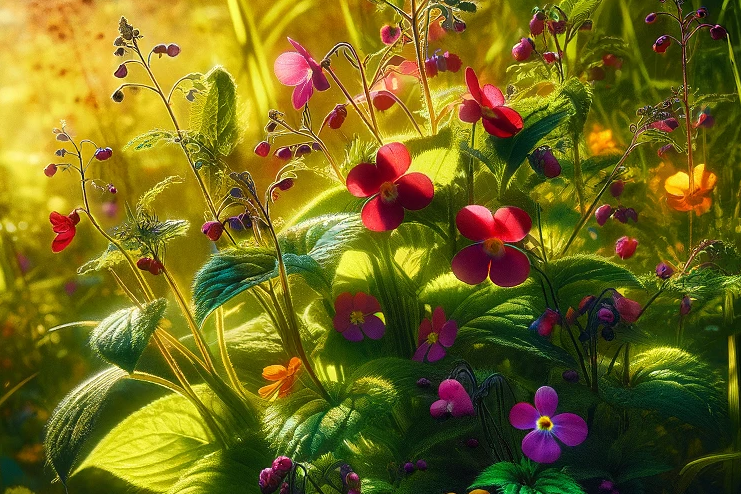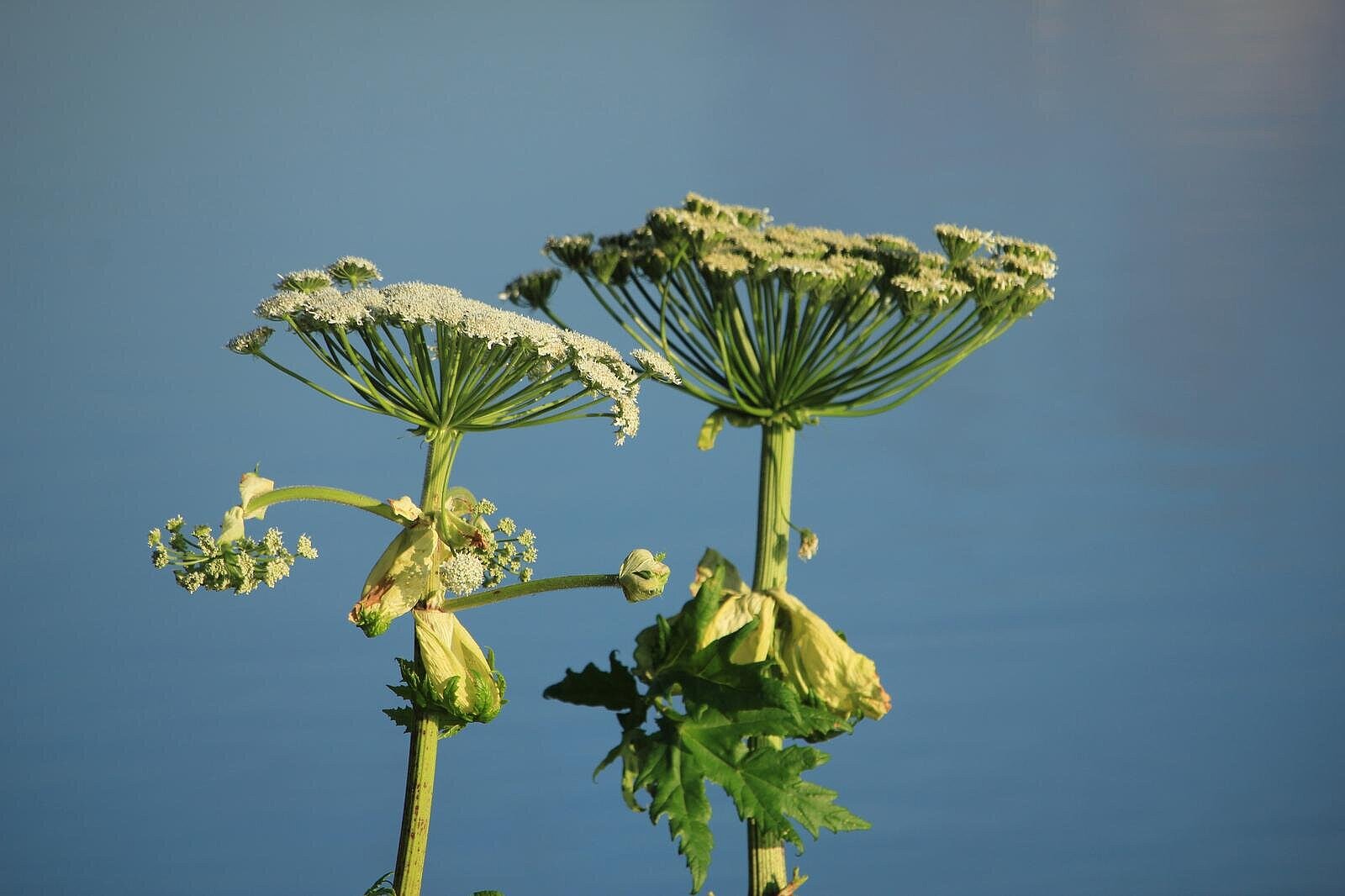Variegated balsam

What is the variegated balsam?
Balsam balsam (Impatiens edgeworthii) is an annual herbaceous plant from the balsam family. It originates from the Himalayas, mainly Pakistan, and is a neophyte, i.e. an introduced species, in many areas of the world. In Germany, it is considered a naturalized neophyte.
The balsam grows to a height of 20 to 220 centimetres and has elliptical to elliptical-oval leaves with serrated edges. The flowers are zygomorphic, i.e. mirror-image symmetrical, and have five petals that are partially fused together. The flower color is very variable and ranges from light yellow to white to pale purple. Some flowers are multicolored or brightly veined. The flowers have a curved spur that contains the nectar. The fruits are upright capsules that burst open when touched and eject the seeds.
What are the benefits of balsam for dogs?
Balsam is not a poisonous plant for dogs. This means that your dog will not suffer any symptoms of poisoning if it nibbles on the plant or swallows it. This is a big advantage over many other plants that are harmful to dogs, such as lily of the valley, yew or deadly nightshade.
Balsam is also high in vitamin C, potassium and magnesium. These nutrients can support your dog's immune system, nerve function and water balance. Balsam is used in traditional medicine in Pakistan as a medicinal plant, for example for skin diseases, wounds or inflammation. However, whether these effects also occur in dogs has not been scientifically proven.
What are the disadvantages of balsam for dogs?
Balsam also has some disadvantages for dogs that you should be aware of. Firstly, the plant can trigger allergic reactions if your dog is sensitive to it. This can manifest itself, for example, as a skin rash, itching or swelling. If you notice such symptoms in your dog, you should keep him away from the plant and consult a vet.
Secondly, balsam can cause gastrointestinal problems if your dog eats too much of it. This is because the plant contains a lot of fiber, which is difficult to digest. This can lead to diarrhea, vomiting or stomach pain. The plant can also affect the taste and smell of the food if it comes into contact with it. You should therefore make sure that your dog does not eat too much balsam and does not mix it with his food.
How should you handle balsam?
Balsam is a plant with advantages and disadvantages for dogs. If you see the plant in your garden or in nature, you should follow these tips:
- Don't let your dog sniff or nibble at the plant unsupervised. He could eat too much of it or have an allergic reaction to it.
- Remove the plant from your garden if you don't want it. Balsam is an invasive species that spreads quickly and can crowd out other plants.
- Protect your hands with gloves when handling the plant. The seed pods can burst open and injure you or throw the seeds into your eyes.
- Wash your hands thoroughly after touching the plant. The plant may have an unpleasant odor or leave residue on your skin.
Balsam is a plant that is not poisonous to dogs, but it is not particularly healthy either. It can cause allergic reactions or gastrointestinal problems if your dog eats too much of it or is sensitive to it. It is also an invasive species that can displace other plants. Therefore, you should keep your dog away from the plant and remove it from your garden if you don't want it.
Properties 10
Are you looking for other ingredients with a specific property?
Just click on them to find more.
If you notice any signs of hypersensitivity or poisoning in your dog, you should see your vet immediately. We are not a substitute for a vet, but we try to be as accurate as possible. Every dog reacts differently and we recommend you get a second opinion or consult your vet if in doubt.
Stay healthy and take good care of your four-legged friend!😊
Similar to Variegated balsam
Himalayan balsam also has some positive properties that you should know about. For one, it provides an important food source for bees and other pollinators, which are threatened in many areas....
Lesser balsam is an annual plant characterized by its delicate, pale yellow to orange flowers and its distinctive pod-like fruits. These fruits 'pop' open to disperse their seeds widely when ripe or...
Japanese knotweedis not toxic to dogs, cats or humans. It contains many valuable ingredients such as resveratrol, quercetin, rutin and vitamin C. These can have an antioxidant, anti-inflammatory and...
Giant hogweed (Heracleum mantegazzianum) is a herbaceous plant from the umbelliferous family that originally comes from the Caucasus. It was introduced to Europe as an ornamental plant in the 19th...



